One of the first things we learned about the 2020 Corvette Stingray was its mid-engine configuration. Specifically, it’s a rear-mid-engine, rear-wheel-drive car. The engine is placed in between the cabin and rear axle, driving the rear wheels.
Despite the numerous mid-engine concepts and Zora Arkus-Dunkov’s legacy, all of the 7 generations before the C8 had the engine in the front.
It took 66 years to finally make a production mid-engine Corvette. And you can rest assured, it was not an easy decision to make.
Outside of performance and affordability, the Corvette is characterized by having sufficient luggage space, plenty of room for two passengers and the comfort of a luxury vehicle. This combination of traits made it impossible to build a mid-engine Corvette until now.
Let’s look at the engineering principles which make the mid-engine Corvette a superior sports car.
1. Superior handling
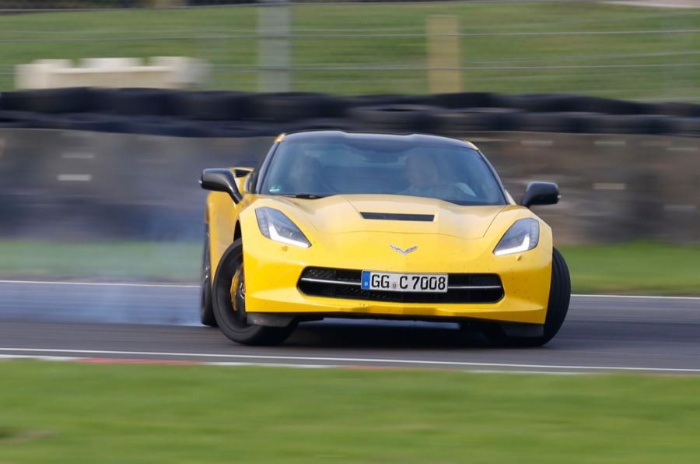
As you probably know, it’s important for sports cars to have the weight equally balanced between the two axles.
The chassis and body have relatively uniform weight front to back. So, the weight distribution is usually dictated by the powertrain and cabin.
Front-engine and especially high powered front-wheel-drive cars, tend to understeer because the concentrated load while also turning defeats the grip of the tires and inertia pulls the vehicle off the road.
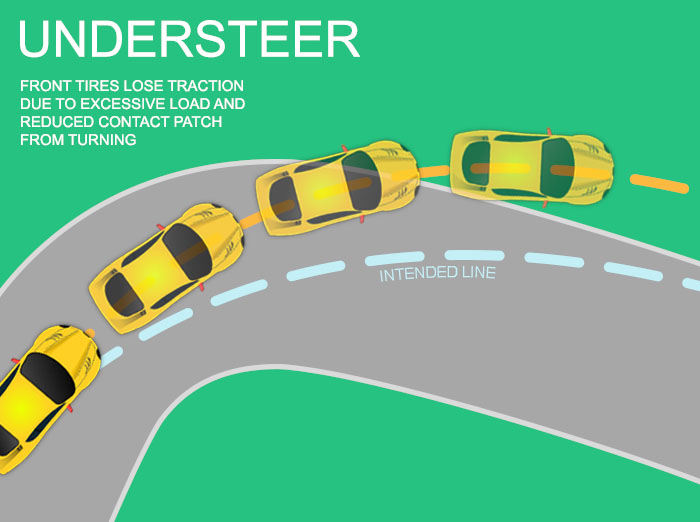
Rear-engine vehicles, like the Porsche 911, tend to oversteer. The weight and the torque applied to the rear wheels easily overcomes the traction of the tires, swinging out the tail like a pendulum.
Placing the engine and transmission in the middle will distribute the weight more evenly across the axles. This allows the front and rear tires to maintain the correct amount of traction which is critical for proper handling.
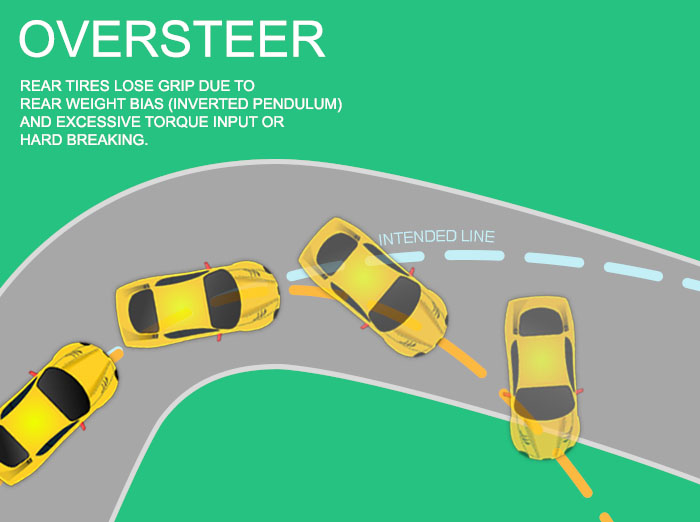
The C7 achieves a perfect 50/50 weight distribution by placing the engine in the front and the transmission in the back. However, because the mass is concentrated on both ends, there is a high moment of inertia.
A lifting bar with weights on either end is much harder to get spinning around the center and stop it once it gets going. If you put the same weights in the middle, it’s much easier to do both.
Using this analogy, it’s easy to understand why mid-engine cars offer superior handling and control over other layouts.
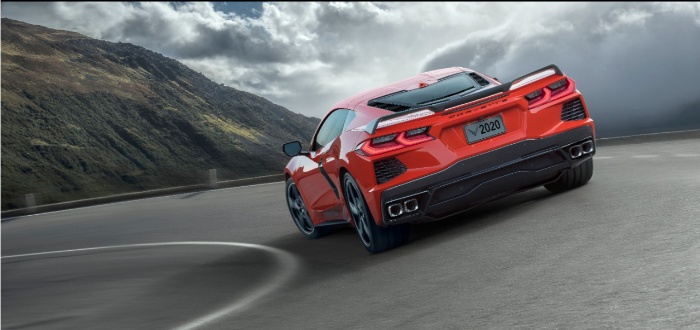
In the 2020 C8 Corvette, the center of gravity is located near the driver’s hips allowing the car to literally rotate around them in corners.
Because there is less weight on the front axle, the steering needs less boost and offers significantly more mechanical feedback, helping the driver feel the road and maintain better control.
2. Faster acceleration
When you accelerate, the engine needs to overcome the car’s inertia to increase the speed. At that moment, the load is shifted towards the rear axle.
Chevrolet has not announced the weight distribution yet, but we know it’s biased towards the rear axle. Since this is also the driven axle, more weight means more traction and therefore the tires can sustain higher torque before slipping.
This is how the 2020 Corvette Stingray achieves a 0-60 sprint in less than 3 seconds with only 495 horsepower and 470 lb-ft of torque.
View this post on InstagramA post shared by LS❌ Hub (@lsx.hub) on
Yes, that’s supercar performance on a budget!
3. Balanced braking
When you hit the brakes, inertia is trying to keep the vehicle moving, resisting the deceleration and causing the load to shift forward.

In front-engine cars this effect is further increased, putting the majority of the vehicle’s weight on just the front axle. So, the front wheels need to do almost all the braking with the rear ones contributing very little, because they don’t have any traction.
That’s why you see bigger brakes up front than in the back on most cars.
When you have a mid-engine configuration, the load transfer is more balanced, allowing the rear tires to maintain traction and share the braking effort.
4. Powertrain efficiency
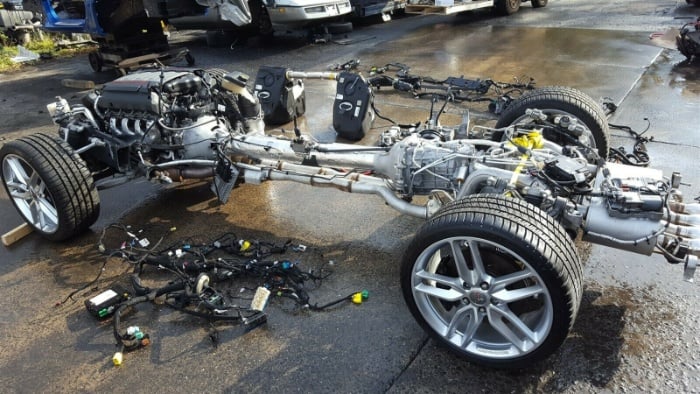
Ignoring the engine and torque converter, the drivetrain of a C7 Corvette includes a drive shaft with a torque tube that goes all the way to the back, connecting to the transaxle.
There is a lot of added weight, moving parts, which have inertia and joints which produce friction and require lubrication. Each takes away some of the engine’s power, reducing efficiency and performance.
In contrast, the C8 powertrain is packed next to the rear axle, eliminating the driveshaft. The engine connects directly to the transmission, which integrates the differential and sends torque directly to the half-axles.
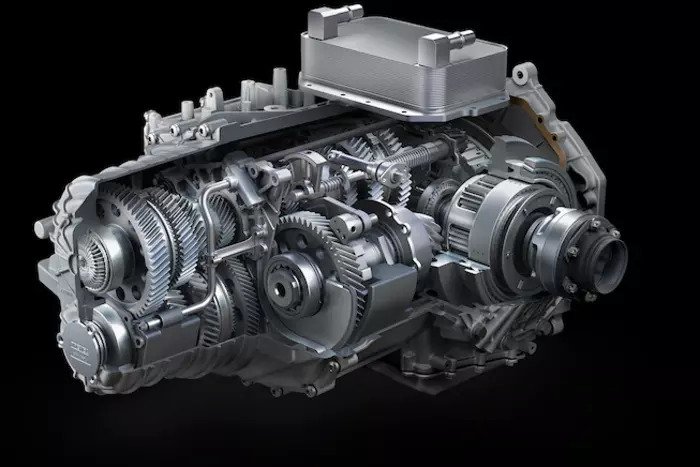
This allows improves the efficiency of the powertrain dramatically.
The same principle is used in regular passenger cars where the engine and transmission sit in the front, driving the front wheels. It improves efficiency and lowers the price all around.
What are the disadvantages of mid-engine cars?
Of course, there are several disadvantages.
The engine sits where the back seats are, so mid-engine cars are limited to two passengers. For Chevrolet, this isn’t really an issue because the Corvette is already a two-seater and the cabin space is the same as the C7.
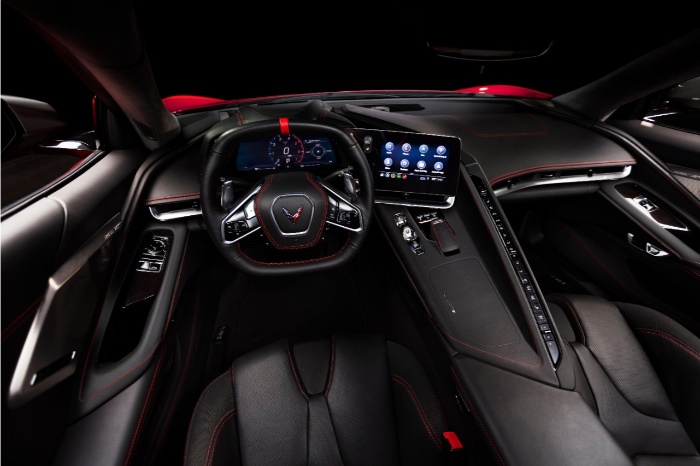
Another disadvantage is the reduced luggage space since mid-engine cars don’t have a classic trunk, if any.
In the C8, there are 12.6 cubic feet of volume spread between compartments in the front and back. The trunk can hold two golf bags, which is way more than most mid-engine supercars. But to gain that luggage space, the C8 Corvette is 5.3 inches longer than its predecessor and between 3 and 10 inches longer than most mid-engine cars in the market.

The previous Corvette offers 15 cubic feet of volume in a single compartment in the back, so it’s superior in this regard.
Mid-positioned engines have more complicated cooling systems because they are not placed directly into the air stream. They also tend to be noisier for the passengers.
However, both these challenges are overcome thanks to modern materials and computer-aided design.

